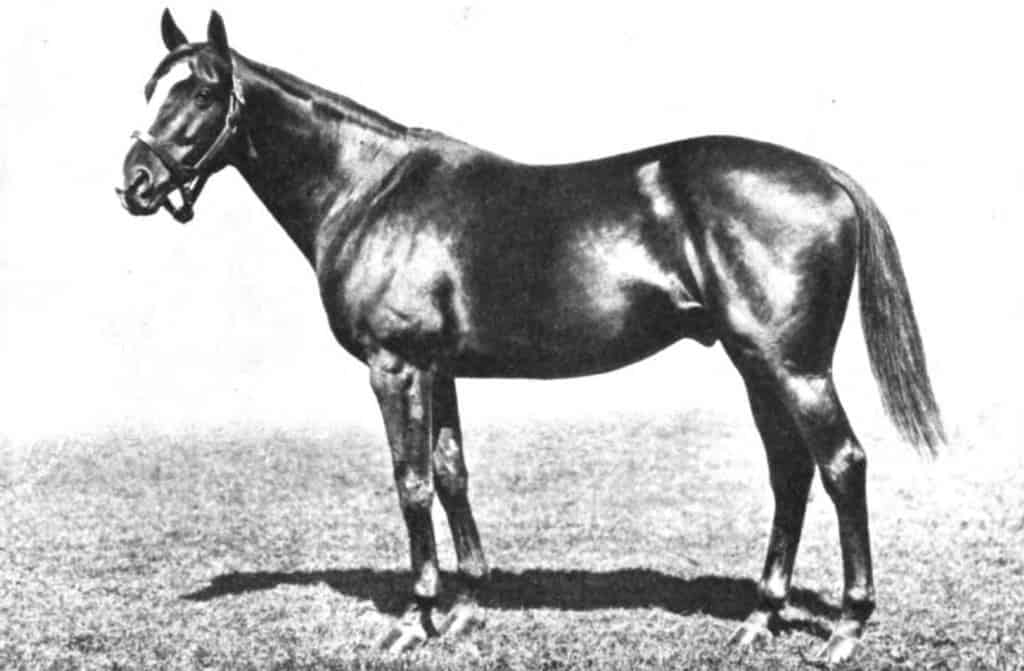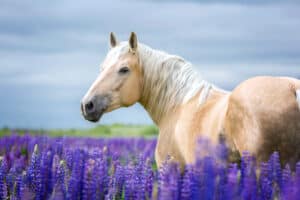There are few pleasures quite like horseback riding, finding a rhythm with the majestic being beneath you as the wind caresses your skin. If you’re a horse lover, you know there’s an eternity of learning opportunities with these animals as they’re constantly teaching you something new. Their coat colors vary just as much as their unique personalities. See five rare and unique horse colors below!
Common Horse Colors
There are a few basic coat colors for horses. Generally, these colors include black, chestnut, gray, and bay. Horse colors come about based on two different pigments that include red and black. When these two colors combine, horses may display some of the basic coat colors mentioned above. When these two pigments mix, the results vary greatly. Sometimes it’s the lack of pigmentation that creates a unique look. Sometimes, the name of the color is also the name of the horse (like some of the ones mentioned in the list below!).
Horse Color Genetics
There are two genes that determine what coloration a horse develops. The first is the MC1R gene, which stands for Melanocortin 1Receptor and the second is ASIP, which stands for Agouti Signaling Protein. However, despite having a basic understanding of how these genes work, there is still a lot that researchers don’t understand when it comes to the rare and unique horse colors that exist.
Do Horse Colors Affect a Horse’s Personality?
It can be easy to attribute a horse’s personality to its coat color, especially if you’ve dealt with more than one horse that looks similar and behaves similarly as well. But researchers explored this theory and determined that no, a horse’s color does not have any direct effect on its personality. Although there are some common behaviors that can be attributed to a horse’s gender, the color of its coat has nothing to do with how docile or sassy a horse is.
5 Rare and Unique Horse Colors
1. Rabicano
Rabicano refers to the noticeable pattern of white that covers a horse’s otherwise darker shade body. It’s so unique that it has become the focus of genetic studies. It’s thought that this white pattern is due to a single dominant allele. The white hairs appear on different parts of the horse’s body, including the base of its tail and barrel, which is right around the rib cage. The patterning isn’t solid; though, depending on how many white hairs there are, it may appear so. However, it’s more lightly interspersed as if sprayed with a can of holiday snow.
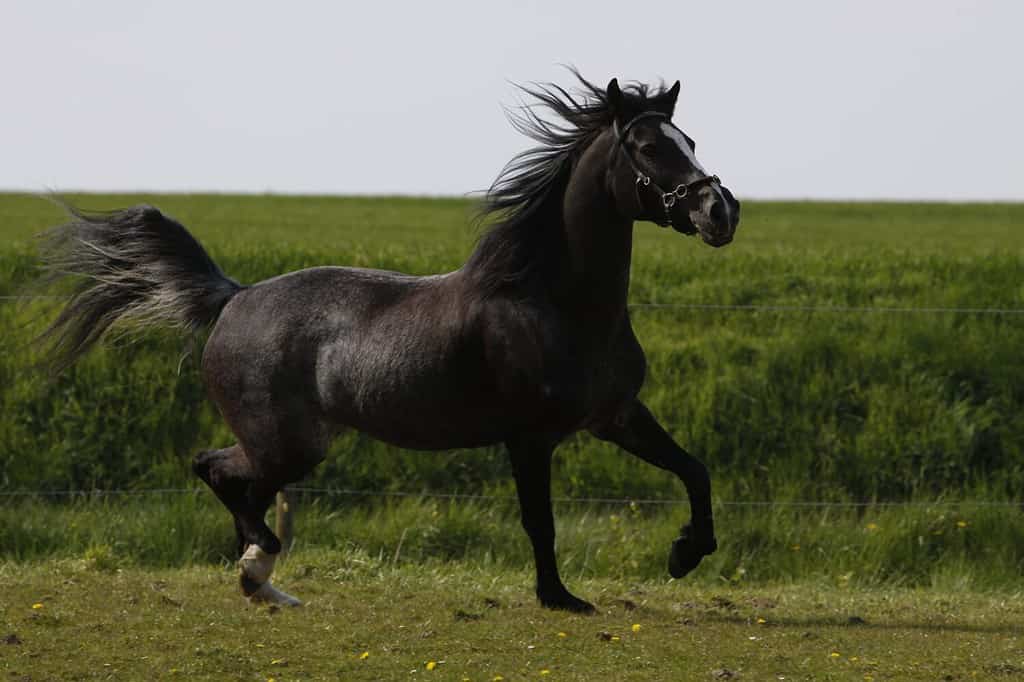
Rabicano colored mare with light sprinklings of white on her back and tail.
©Sabine Hagedorn/Shutterstock.com
2. Appaloosa
Appaloosa horses always have a specific base color. It could be any color including dark bay/brown, black, or chestnut. The way the appaloosa pattern shows up on these horses differs wildly. In some, the pattern appears like spots, almost leopard-like. Some of these horses are white with dark spots throughout their bodies but some patterns are a bit subtler, with a dark base and a few spots on the horse’s back or hips. Other patterns include what looks like a blanket on the horse’s rear and roan patterns, which may appear similar to blanket patterns.
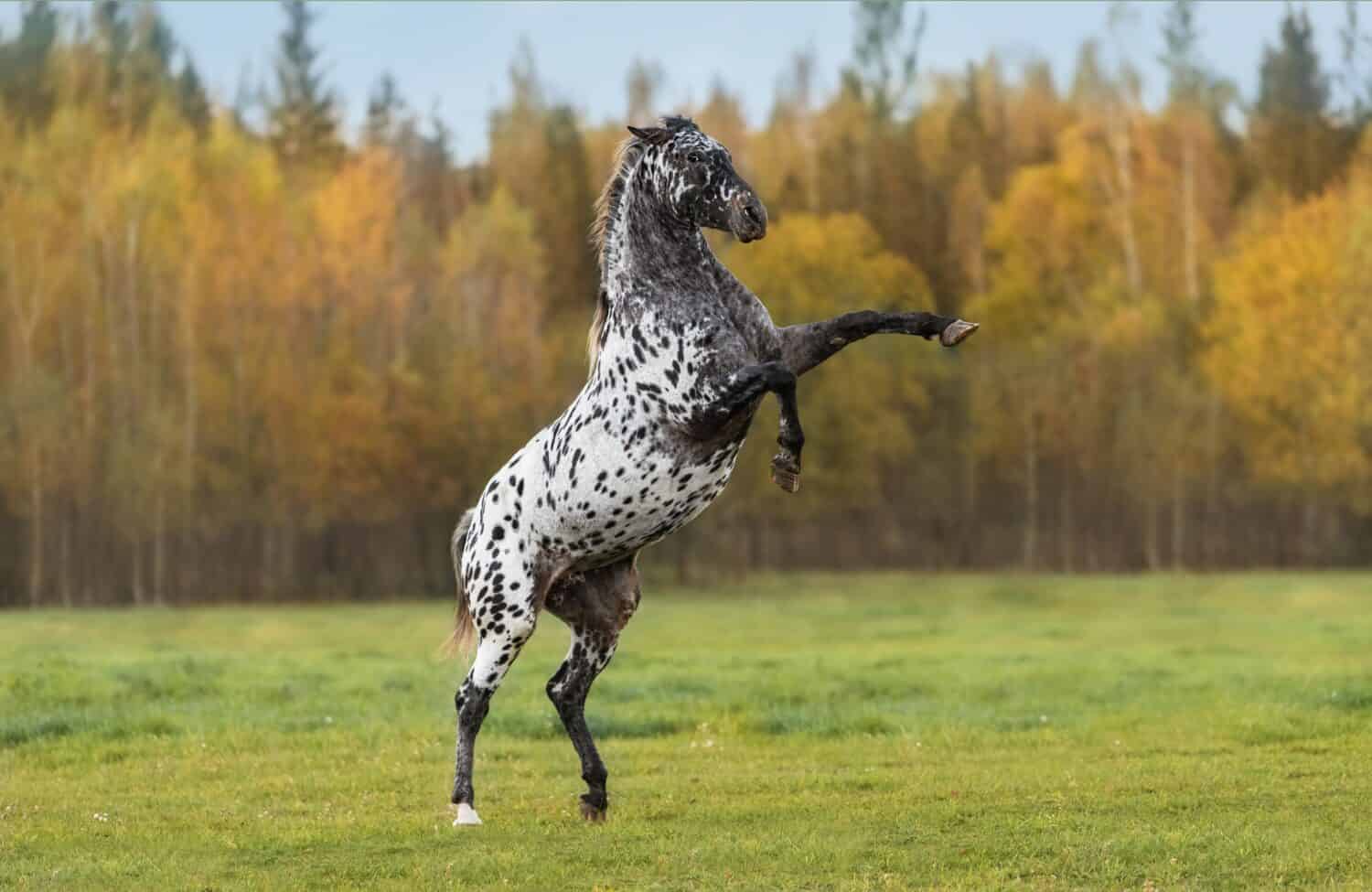
Appaloosa horses have different patterns including spots.
©Rita_Kochmarjova/Shutterstock.com
3. Cremello
Cremellos sound a bit like caramel, and you might spot one with a coloration reminiscent of those creamy delights. These horses are homozygous cream chestnuts, which means they inherited two copies of the cream allele. So, their bodies are naturally cream-colored. Their tails and manes are usually cream as well but, in some cases, they are white. The skin of these horses is remarkably pink and typically, their uniqueness is accentuated by their piercing blue eyes.
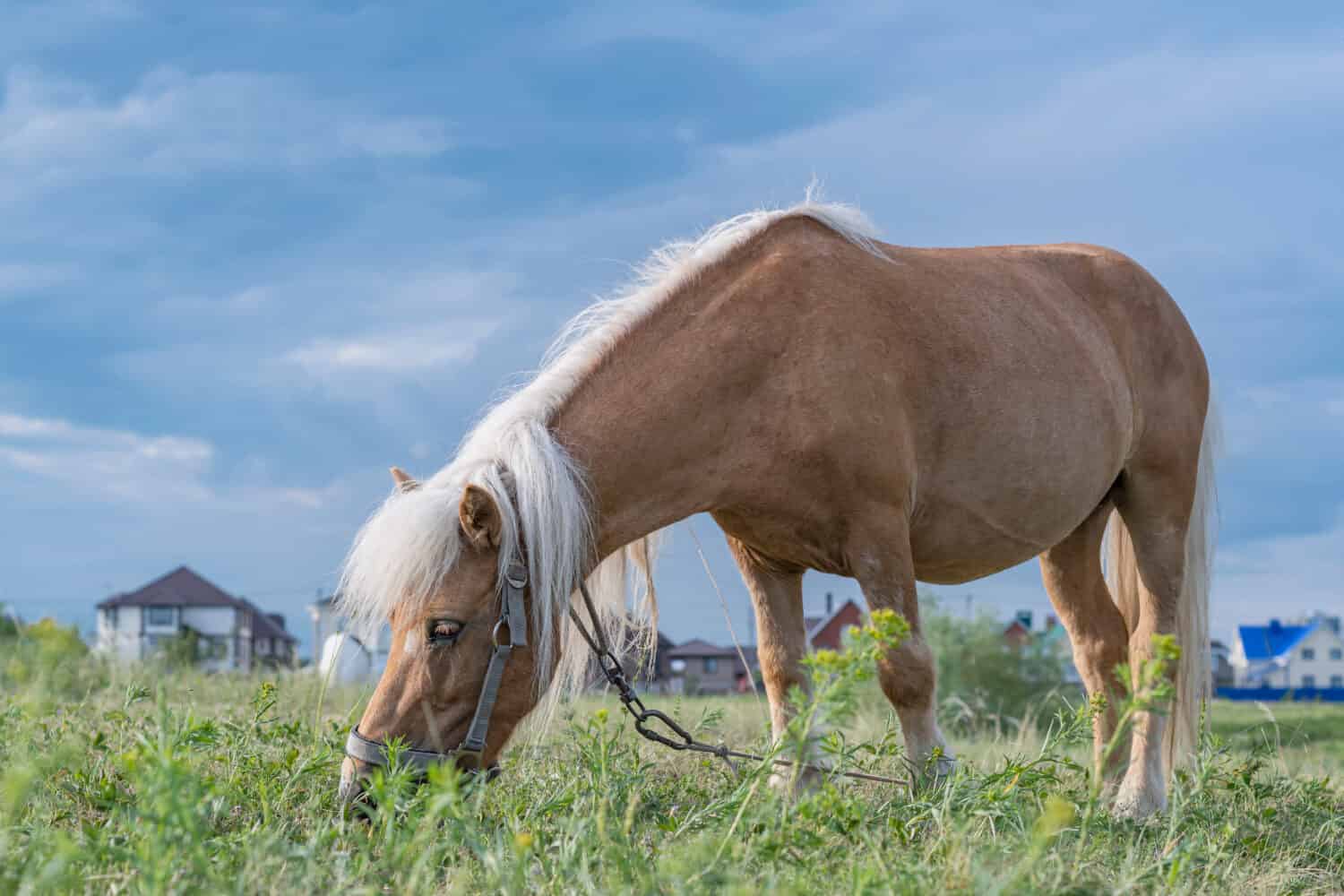
Cremellos are homozygous cream chestnuts.
©MityRu/Shutterstock.com
4. Camarillo White
Camarillo White Horses sport a rare and unique horse color like the others in this list but instead of color combinations, this horse has a pure white coat. Like the cremello horse, the Camarillo White Horse also has unusually pink skin beneath its coat. These horses, unlike others, are born this light-colored and their coloration doesn’t change as they age. They keep their bright white appearance into their senior years. The white continues into their tail and mane, making this a strikingly beautiful and cherished horse breed.
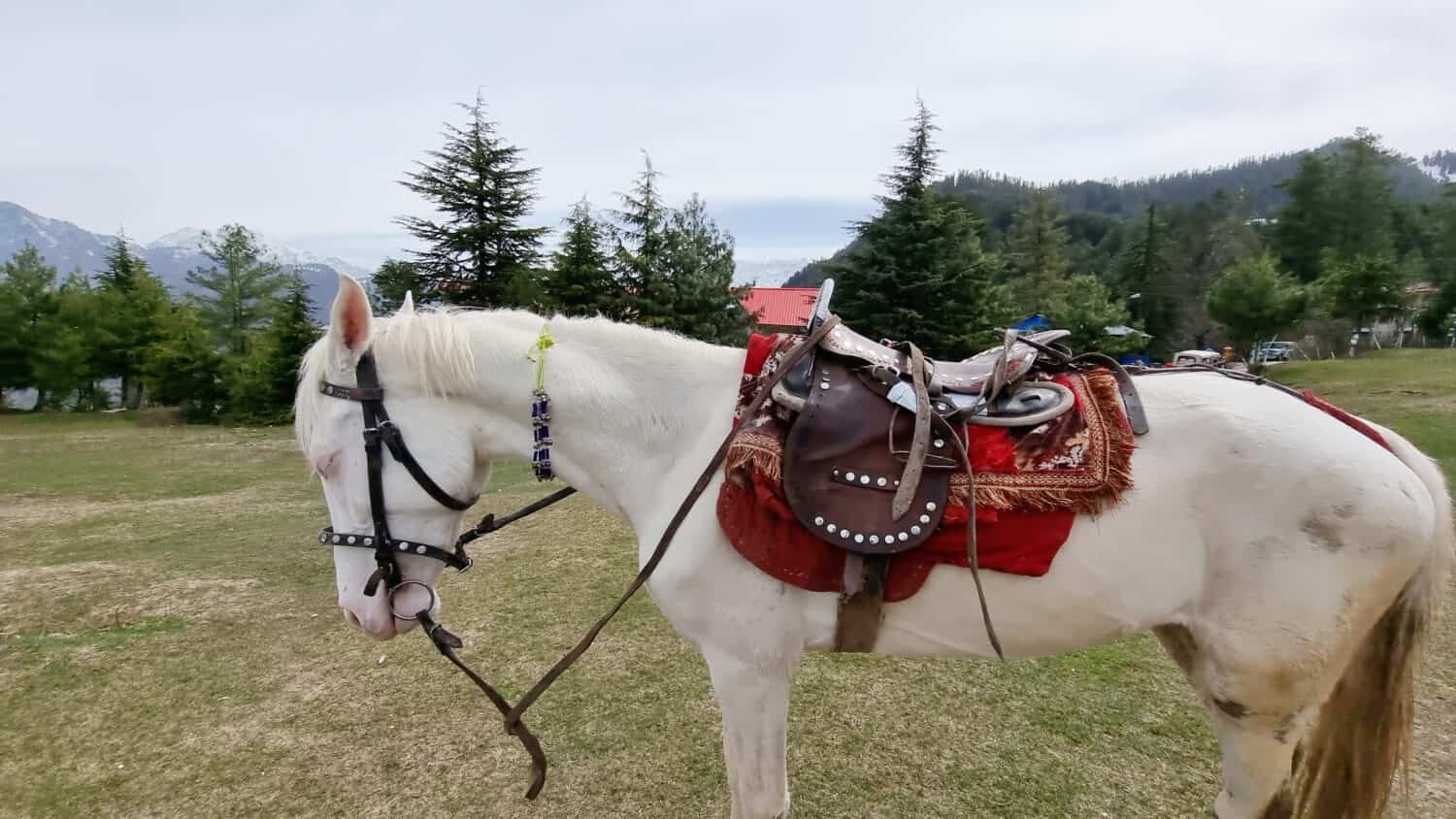
Camarillo White Horses have pure white coats.
©Jrs Jahangeer/Shutterstock.com
5. Sorraia
Typically, Sorraia horses are dun-colored, but they may be some sort of variation of dun, which is called grullo. If the horse is dun, it usually has several other distinguishing features, including a black dorsal stripe. There may be some horizontal stripes on the horse’s legs as well and atop its head are easily distinguished black tipped ears. These horses developed in Portugal and are considered an ancient horse breed.
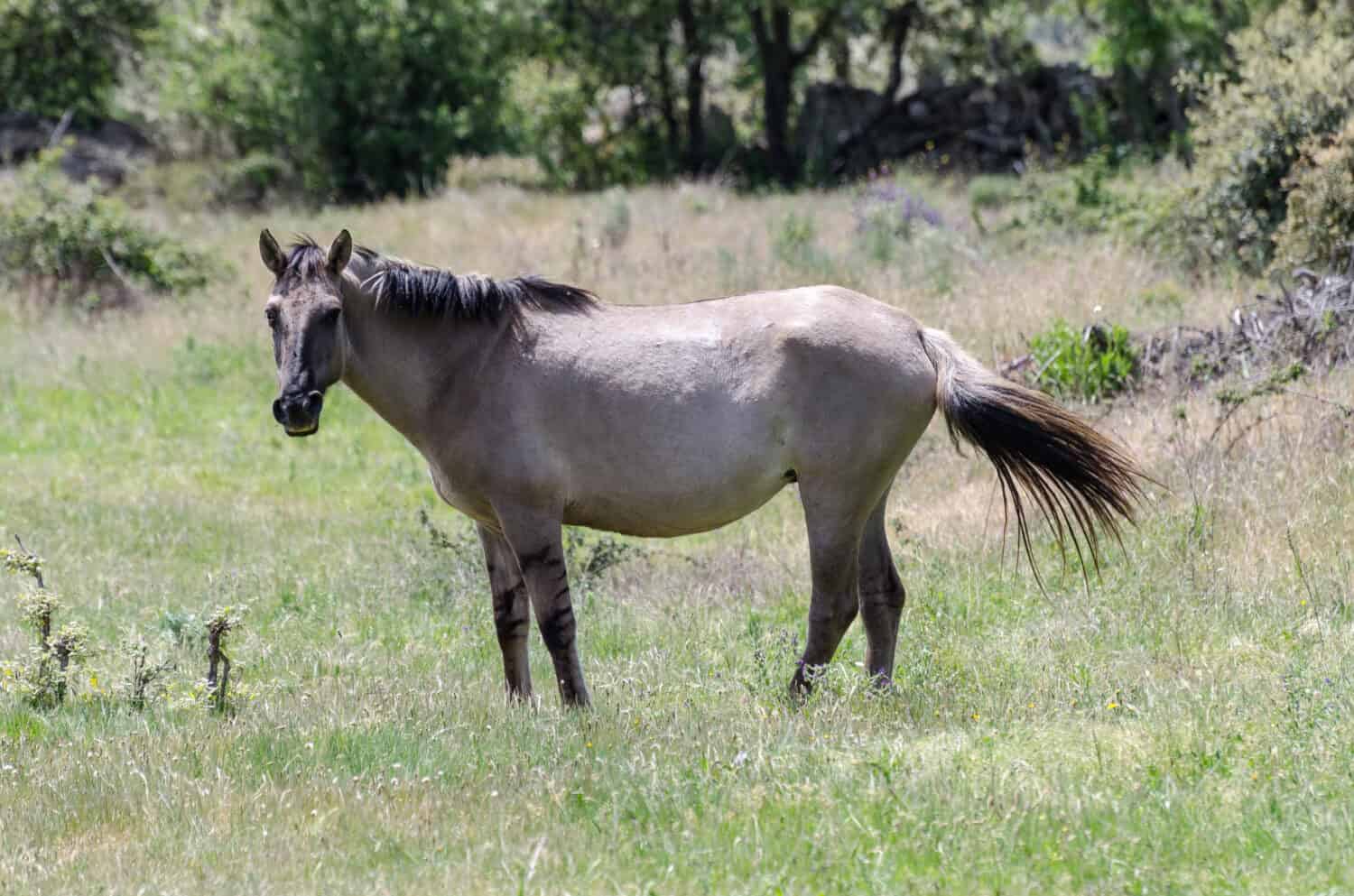
Sorraia horses are usually dun-colored.
©David Wieczorek/Shutterstock.com
Thank you for reading! Have some feedback for us? Contact the AZ Animals editorial team.

